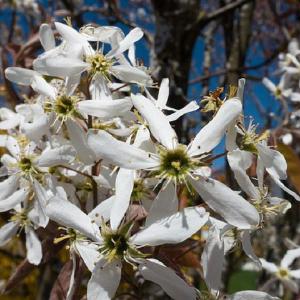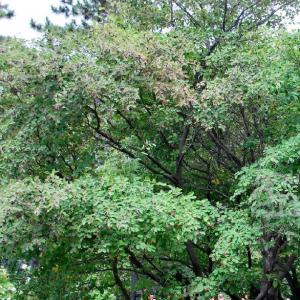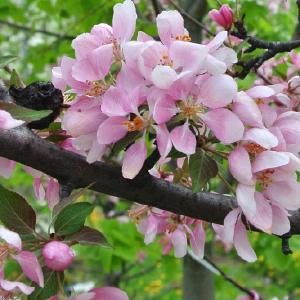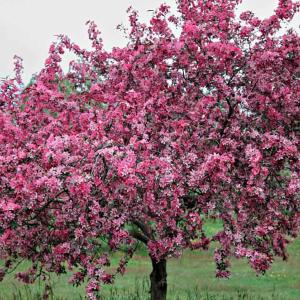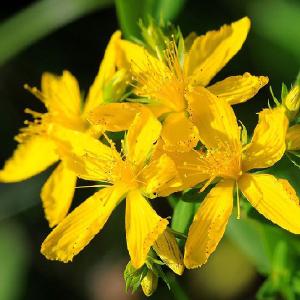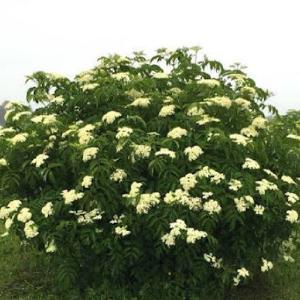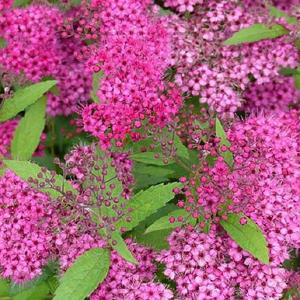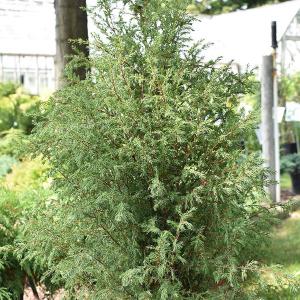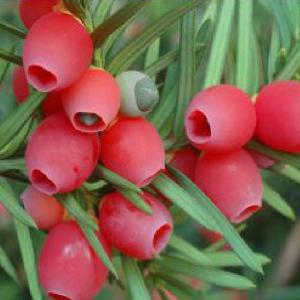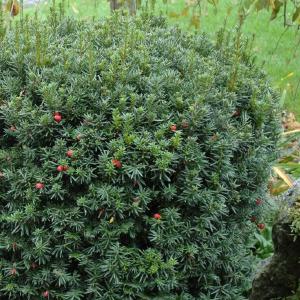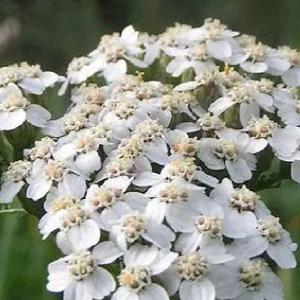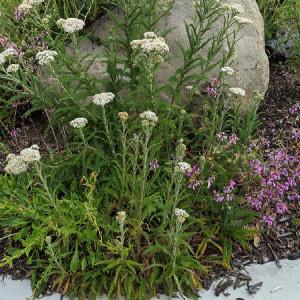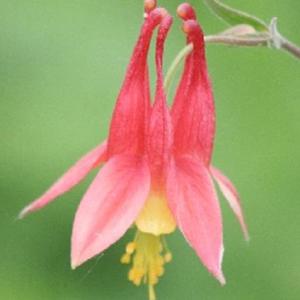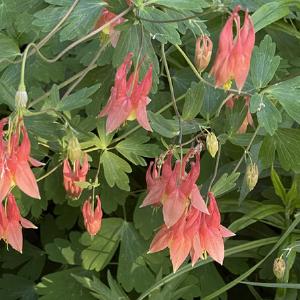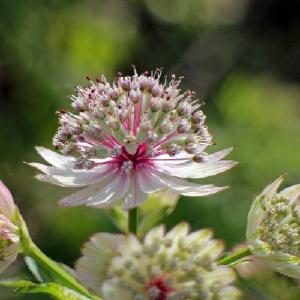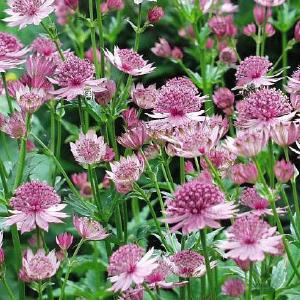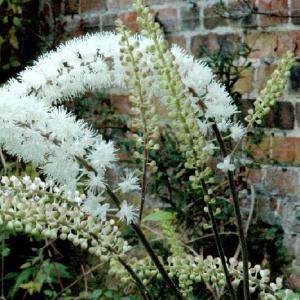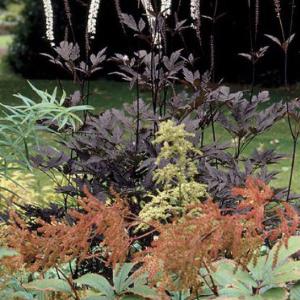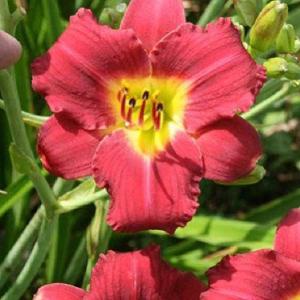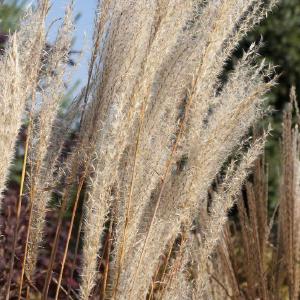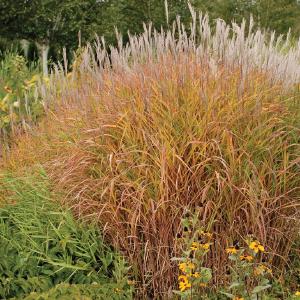Gardens of discovery
The new Cathedral Gardens highlight the rich past of the site and its location in the historic center of Old Quebec, while encouraging visitors to meet and wander around.
Discovery is a central element of these new gardens: gradual discovery of the site through different paths and routes, self-discovery in moments of meditation and calm, discovery of others thanks to furniture promoting discussion, and the (re)discovery of the beauty of nature through a wide variety of species, including plants once grown there by the Récollets Friars, a Roman Catholic order who occupied the same space in the 1700s.
Divided into sub-sectors, the gardens participate in social life through the integration of urban furniture encouraging encounters. The intimate environment of the contemplative gardens surrounded by a plant barrier allows for moments of contemplation and poetic wandering. The pedestrian entrances, on rue des Jardins and rue du Trésor, have been designed to encourage openness and the visible vegetation intrigues passers-by.
The buildings on the site are also highlighted, starting with the Cathedral, then Carter Hall, which is adjoined by a new outdoor meeting place, and the Bishop’s residence known as Bishopthorpe. The changes help promote the buildings and the site, making them more noticeable and welcoming.
The landscaping concept for the Cathedral Gardens is inspired by both the history of the site – the presence of the former Récollet garden – and by the great variety of species associated with English gardens, adapted to Quebec City’s context. Diversity in the landscaping also gives the gardens a contemporary identity that reflects the diversity of the community, while drawing inspiration from the natural principles of English gardens.
Bringing back the gardens
The name rue des Jardins dates back to the 18th century, when the street was bordered by the large gardens of three founding religious communities: the Ursulines, the Jesuits, and the Récollets. The land where the Cathedral of the Holy Trinity now stands once belonged to the Récollets friars. Here they grew vegetables, healing herbs and flowers.
There were orchards, alleys of decorative trees and areas for meditation. In the Récollet garden stood a great elm tree. According to oral tradition, Samuel de Champlain would sit under its branches to smoke the peace pipe with the Indigenous peoples. When the legendary tree blew down in the 1840s, its wood was used to make the Anglican bishop’s chair that today can be seen in the cathedral’s sanctuary.
Ancient trees still surround the Cathedral today, but the magnificent gardens are a distant memory, replaced by a parking lot. We wish to restore the spirit of the Récollet gardens and of the tree of peace by transforming the Cathedral Close into an informal garden. It will have flower beds, vegetable plots, and areas for play and meditation. We wish to create a place of health and peace, a meeting place where people of all origins and beliefs will be welcome for generations to come.
Horticulture
The landscaping concept for the Cathedral Gardens is inspired by both the history of the site – the presence of the former Récollet garden – and by the great variety of species associated with English gardens, adapted, of course, to Quebec City’s context.
The landscaping plan is still in development. Plants that are under consideration include:
